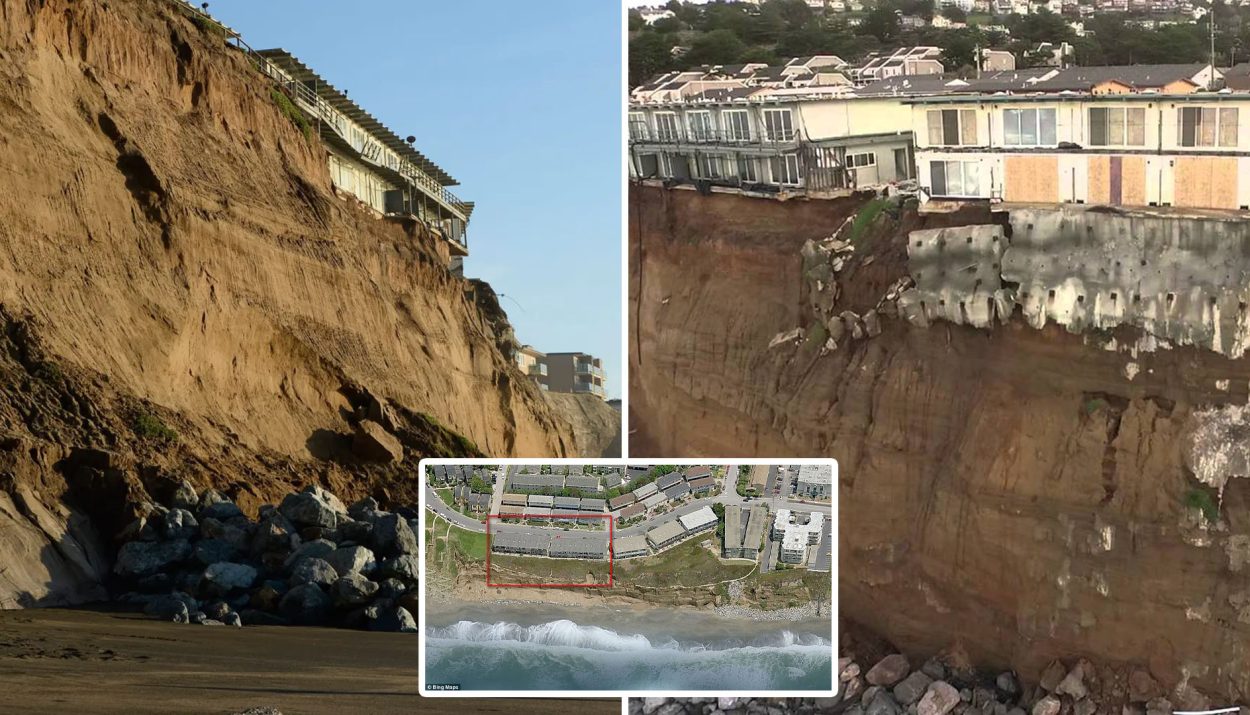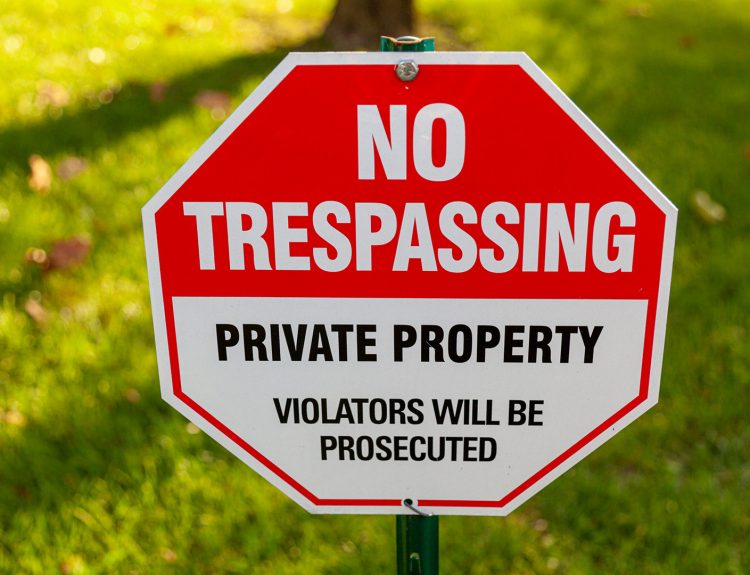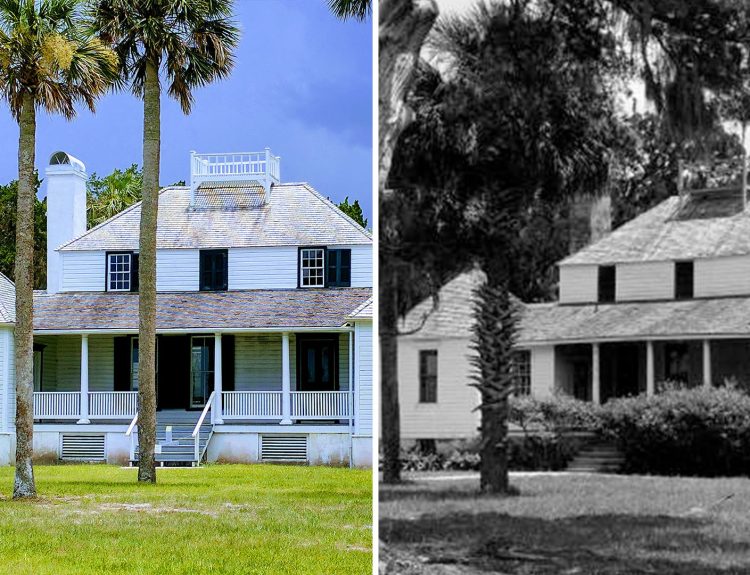You might think of California as a sunny place where people bask on the beach and surf the day away. That’s mostly right, but as the song says, when it rains in Southern California, it pours. California is experiencing something called a river storm, and it’s dumping record levels of rain that threaten the safety and stability of coastal homes.
What The Heck Is A River Storm?
A river storm is also known as an atmospheric river. It’s a meteorological phenomenon that creates a flow of moisture. That flow behaves a lot like a firehose. Moist air from the tropics is carried over land. As it flows, it unleashes rain or snow. They’re a common occurrence on the West Coast, but some are worse than others.

While some river storms are harmless, others can be catastrophic. When a river storm is large enough, it can deliver torrential rain and heavy snow in its wake. There’s a risk of flooding and other issues that can endanger people and their homes. An atmospheric river can become a huge problem, as it has in recent days in Southern California.
The River Storm Of 2024
The winter of 2023-2024 has been a surprising one in many ways. Some areas of the country have experienced record-high temperatures. Others have seen record snowfall. In Southern California, the defining characteristic of this winter has been a colossal river storm that has dumped record levels of rain on the area. It’s turned into a huge problem for residents.
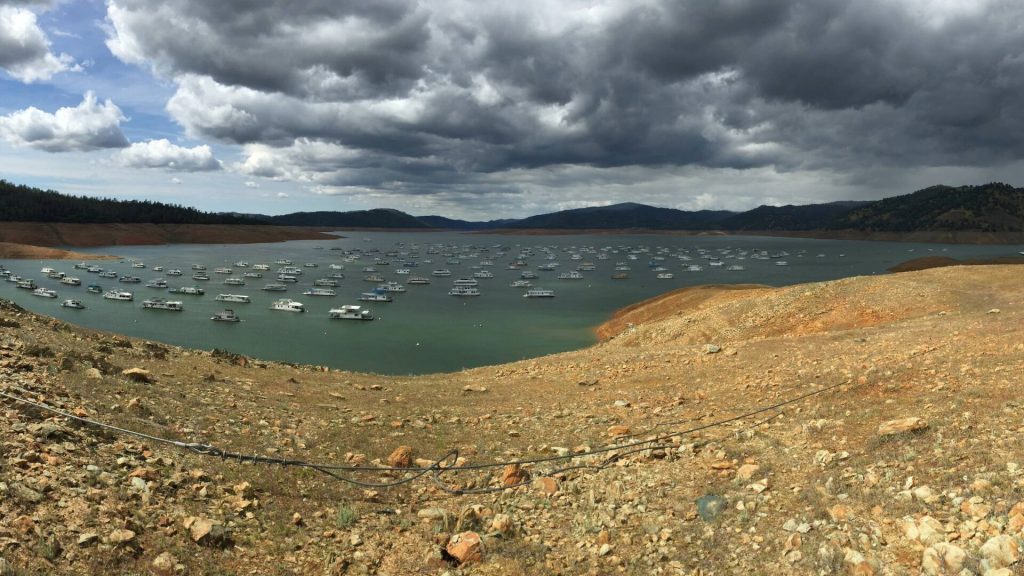
Southern California is mostly sunny. The region has a rainy season. In recent years, the rainy seasons haven’t been rainy enough. That’s led to record droughts and water shortages. The river storm has brought a reversal of fortune. Now the region has more rain than it can handle. Drainage systems simply aren’t prepared for so much rain.
Rain Rain Go Away
Since water in Southern California is at a premium, you might be wondering how much rain the area gets on average. The average rainfall in Los Angeles is 14.25 inches per year. Compare that to the average in Seattle, which is nearly three times as much at 39.24 inches per year. Other areas of the country fall between these two extremes.
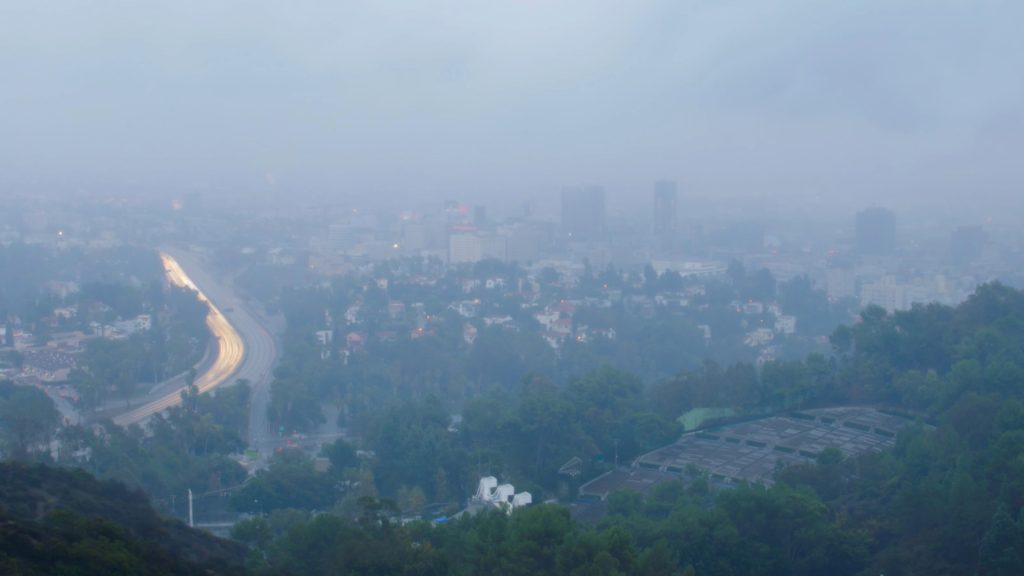
The river storm that stalled over LA County in early February dumped nearly a year’s worth of rain in some areas. Bel Air recorded 12.01 inches of rain and Beverly Hills got 8.33 inches. It’s not unusual for most of LA’s rain to fall in a short period, this amount of rain has caused an array of problems.
Flooding, Flooding Everywhere
The heavy rainfall had some dangerous consequences. Southern California doesn’t have drainage systems equipped to handle so much water. Many areas flooded. The flood water carried mud and rocks, as well as household objects, downhill with it. It’s common for multimillion-dollar homes to sit perched on hillsides.
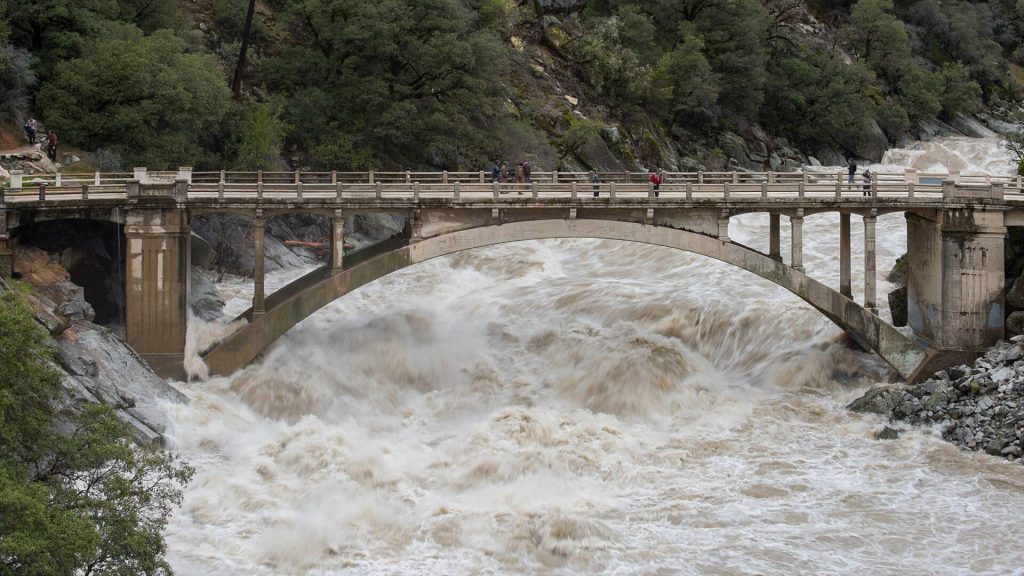
In the Hollywood Hills, many high-value homes were imperiled due to the rain. As the ground became saturated, boulders could be seen falling down the hillsides. The risk of harm led the city to evacuate sixteen people and red-tag homes as being potentially at risk. The danger extended to some homeless encampments, too, which were also evacuated.
What Causes A Landslide?
Landslides, or mudslides as they are sometimes called, occur when there’s heavy rain. As water seeps into the ground, the soil and rocks become saturated. If enough rain falls, the water can destabilize the ground. They typically begin on steep hills or slopes and gain momentum as the soil and rocks move downward.
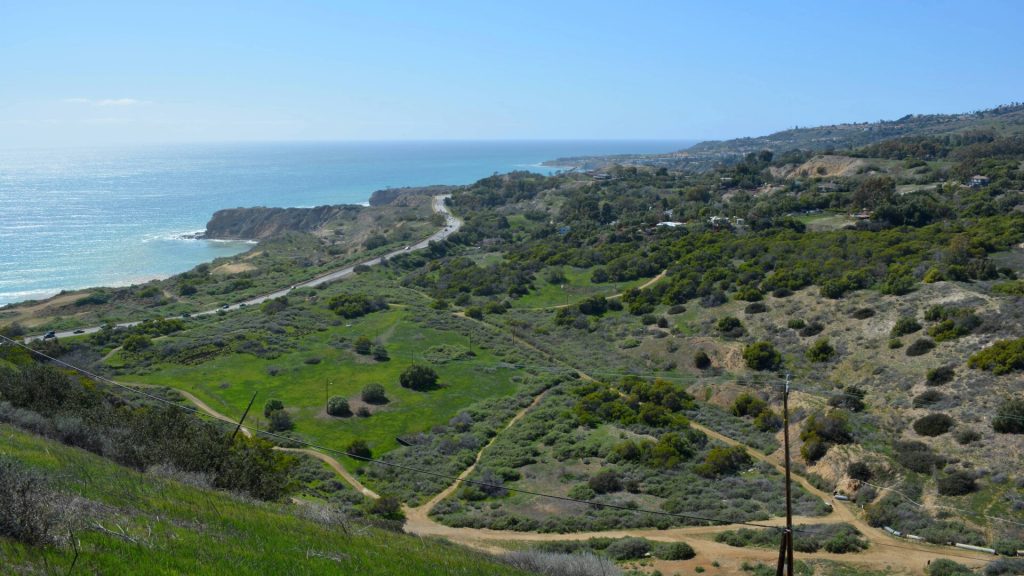
In many ways, Southern California is a perfect environment for landslides, at least when it’s raining. Wildfires and human interference can strip hills and slopes of natural vegetation. As odd as it might sound, plants and trees do a good job of holding dirt and rocks in place and preventing mudslides from happening, even when it’s raining hard.
Isla Vista Residents Terrified By Balcony Buckling
So, what happened in the Isla Vista area of Santa Barbara? A large apartment building that sits atop a cliff was impacted by the rain. Terrified residents fled the building when a section of an ocean-facing balcony began to buckle. The risk is that the whole building could collapse, taking residents with it.

The building impacted is on the 6700 block of Del Playa in Santa Barbara County. County firefighters responded to an emergency call and evacuated 45 residents while they inspected the property. Ultimately, they decided it was safe for residents to return to their apartments. While people returned to the building, we’re willing to bet they avoided that balcony!
Los Angeles Mayor Weighs In
As you might expect, government officials and first responders all over Southern California have had their hands full staying ahead of the weather. There was widespread storm damage all over the Southern portion of the state, not just in Santa Barbara and Los Angeles. Thousands of residents have been impacted by the storm.
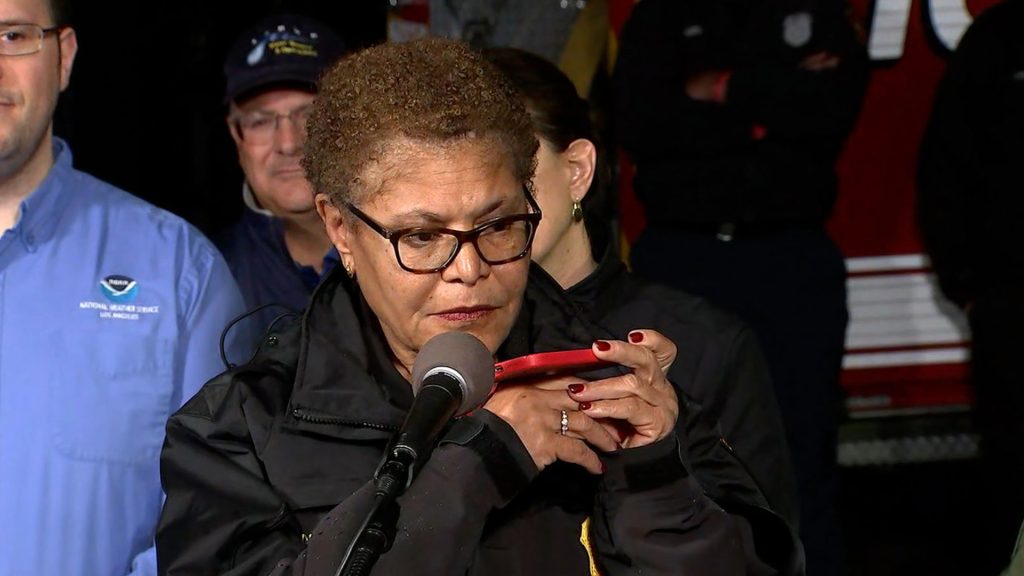
Los Angeles Mayor Karen Bass said, “This has been a tough day for our city, a tough day for Angelenos.” Mayor Bass went on to say that she had spent time touring the areas that were hardest hit. She described the scene as one of “devastation,” expressing empathy for LA residents who have lost homes and personal items to mudslides.
Will Heavy Rain End California’s Drought?
You might be wondering if getting so much rain will be beneficial for Southern California in the long run. The state is always vulnerable to wildfires and drought is a consistent issue. The answer is a mixed bag because it helps in some ways and may ultimately hurt in others.

It’s undeniable that Southern California’s reservoirs have been refilled thanks to the heavy rain. Rain can also fuel what’s known as a “super bloom” where plants flourish. When plants grow in formerly barren areas, it can increase the risk of wildfires going forward. Officials will need to stay on top of things to mitigate the danger and keep residents safe.

